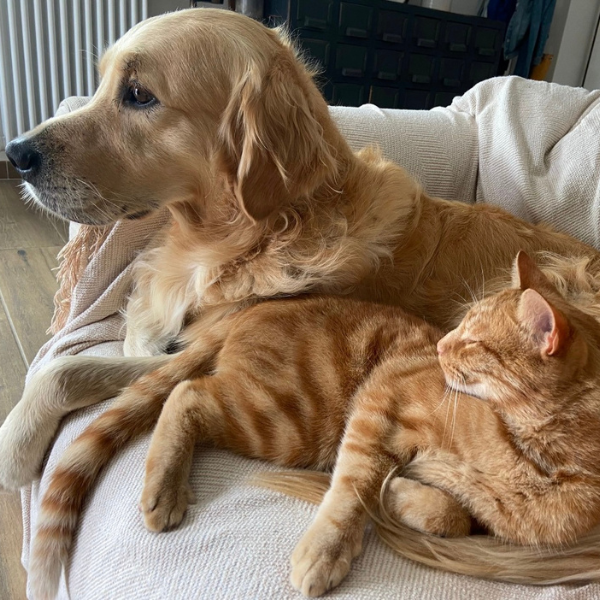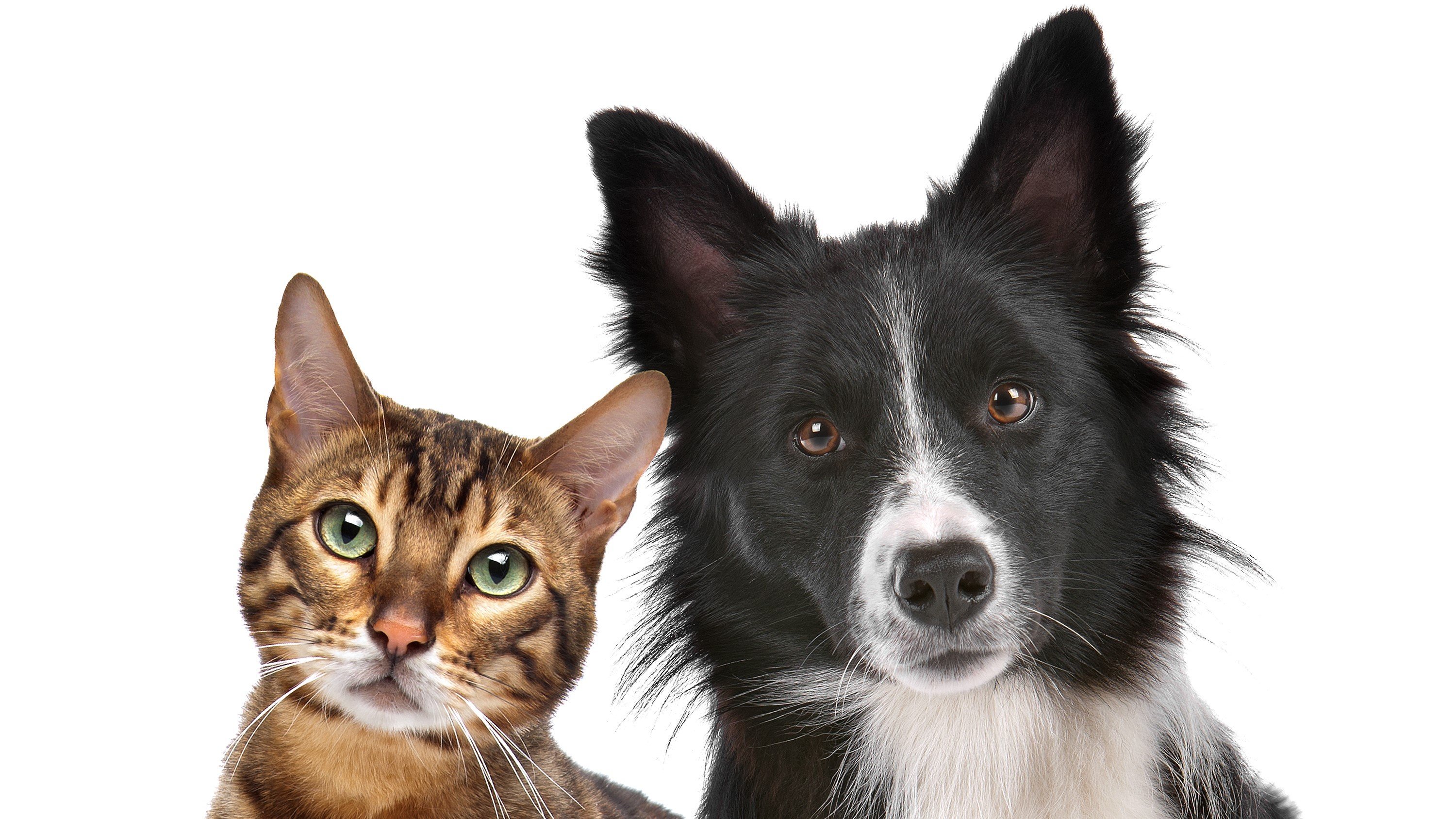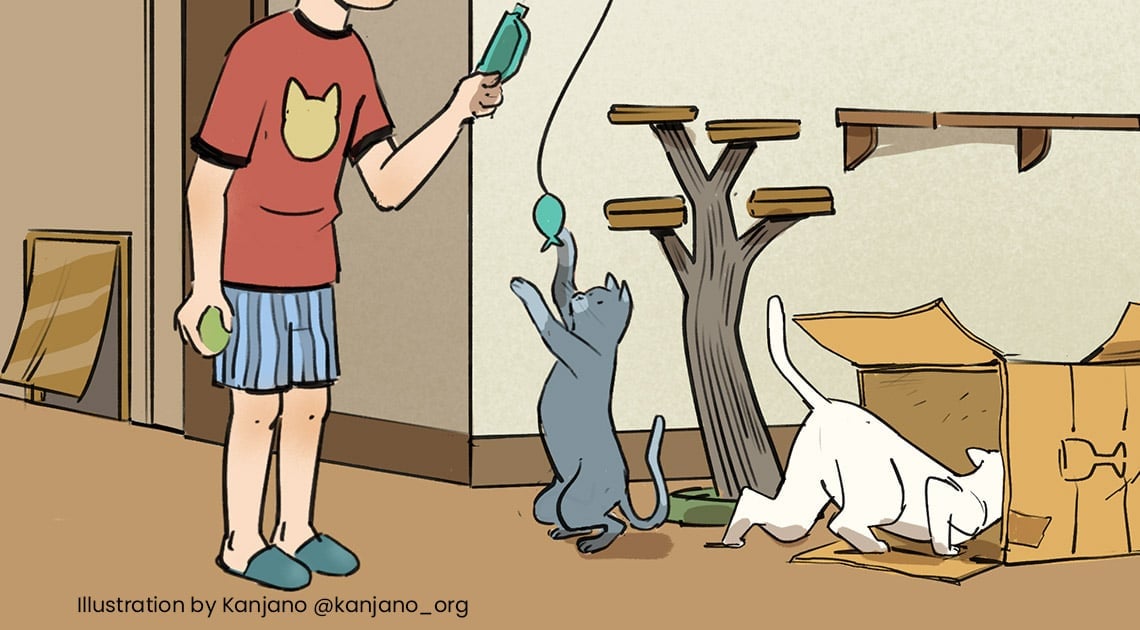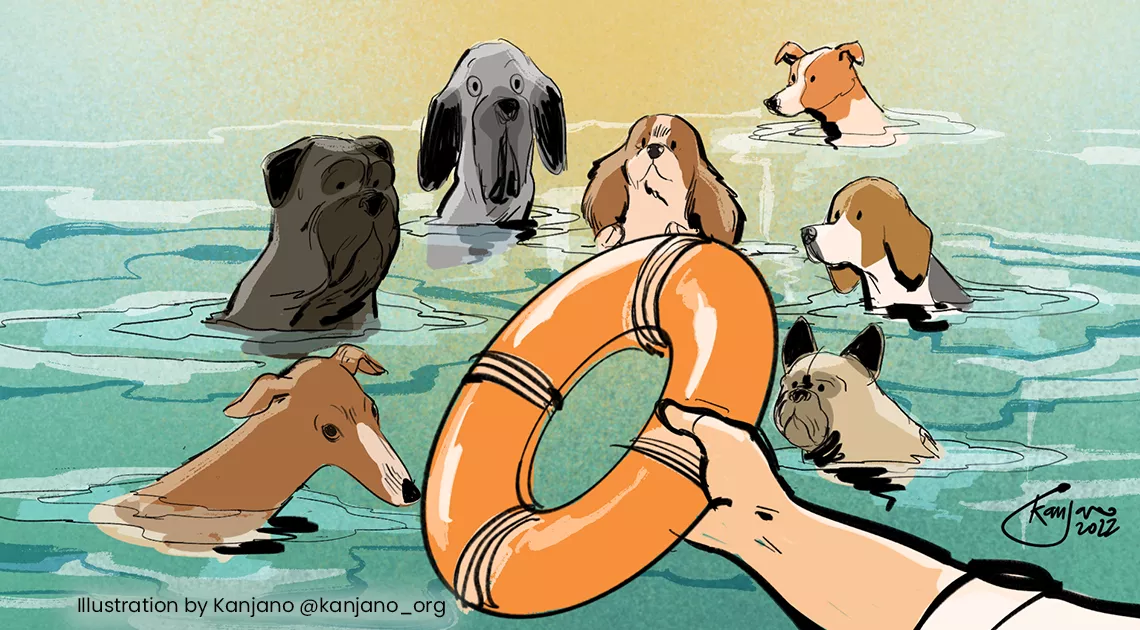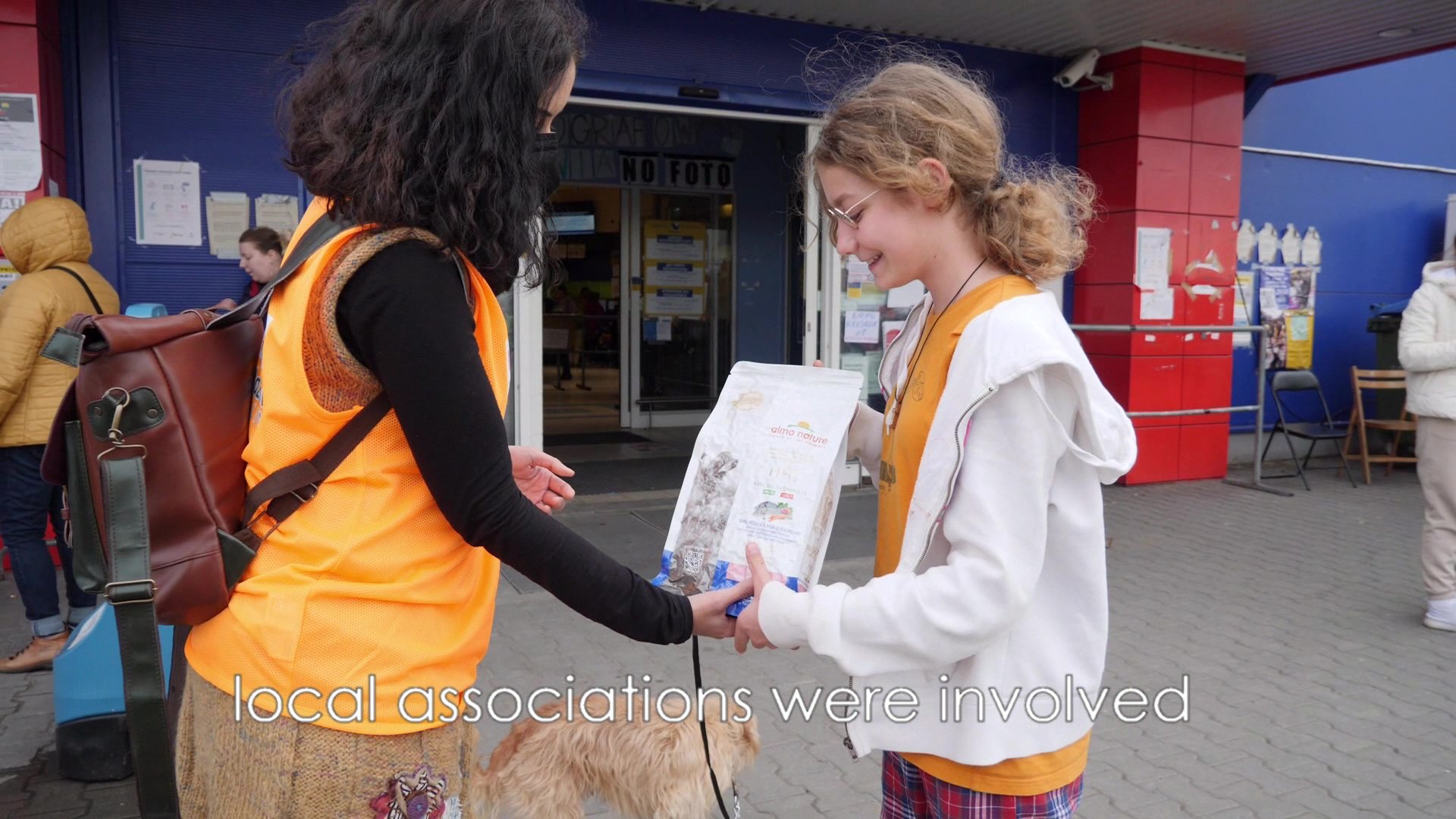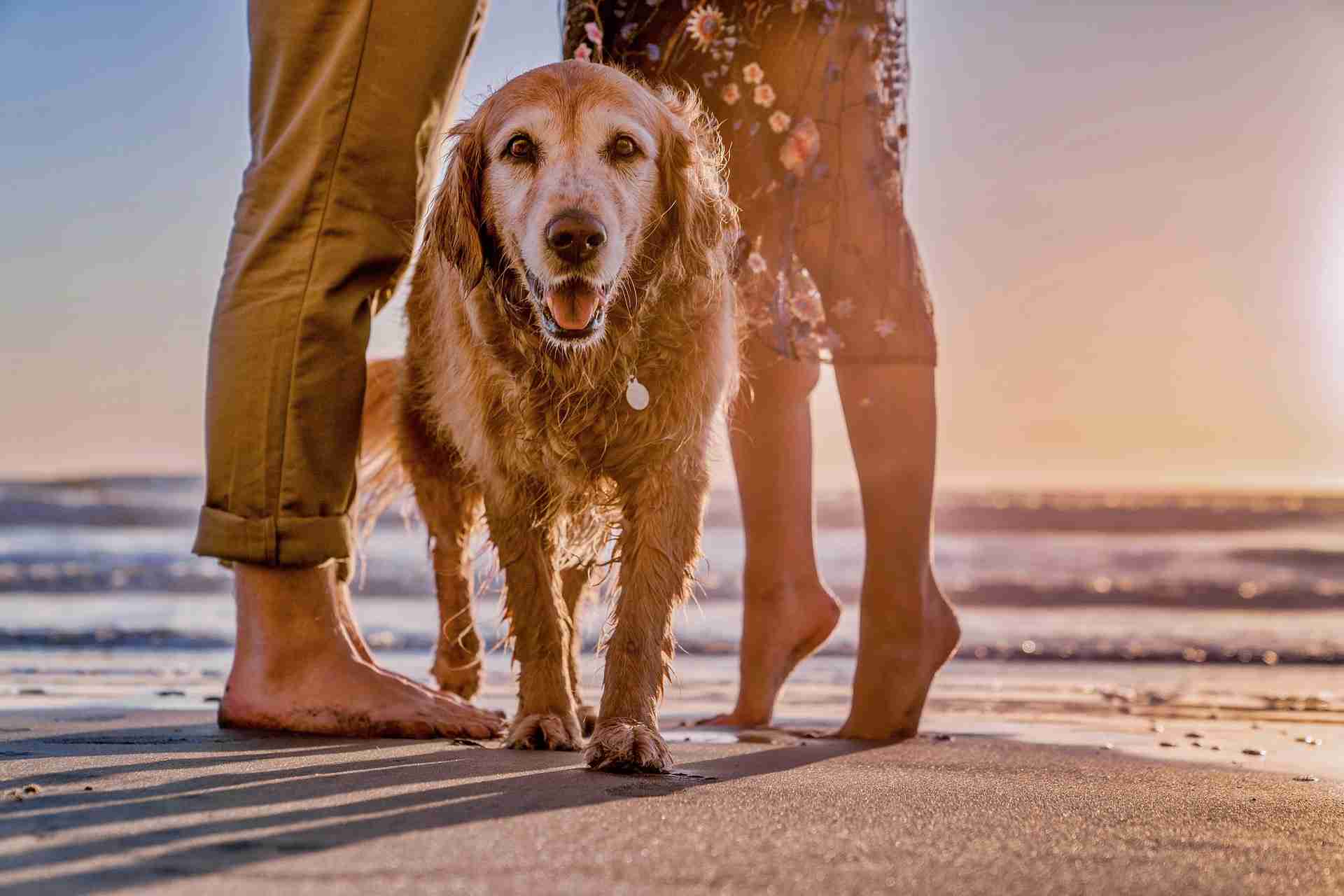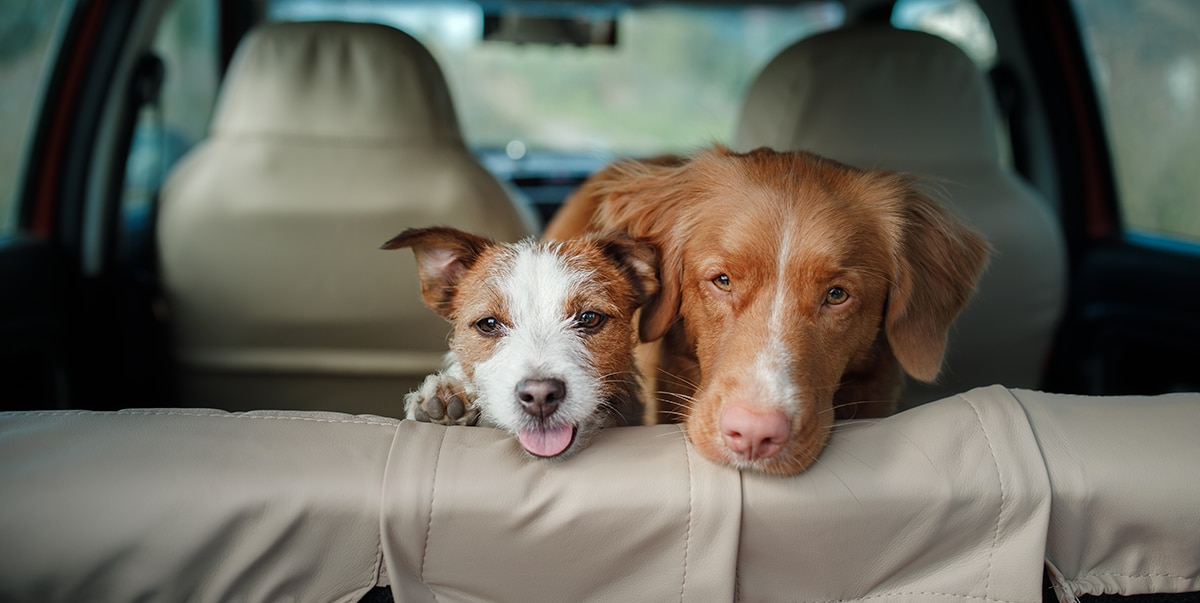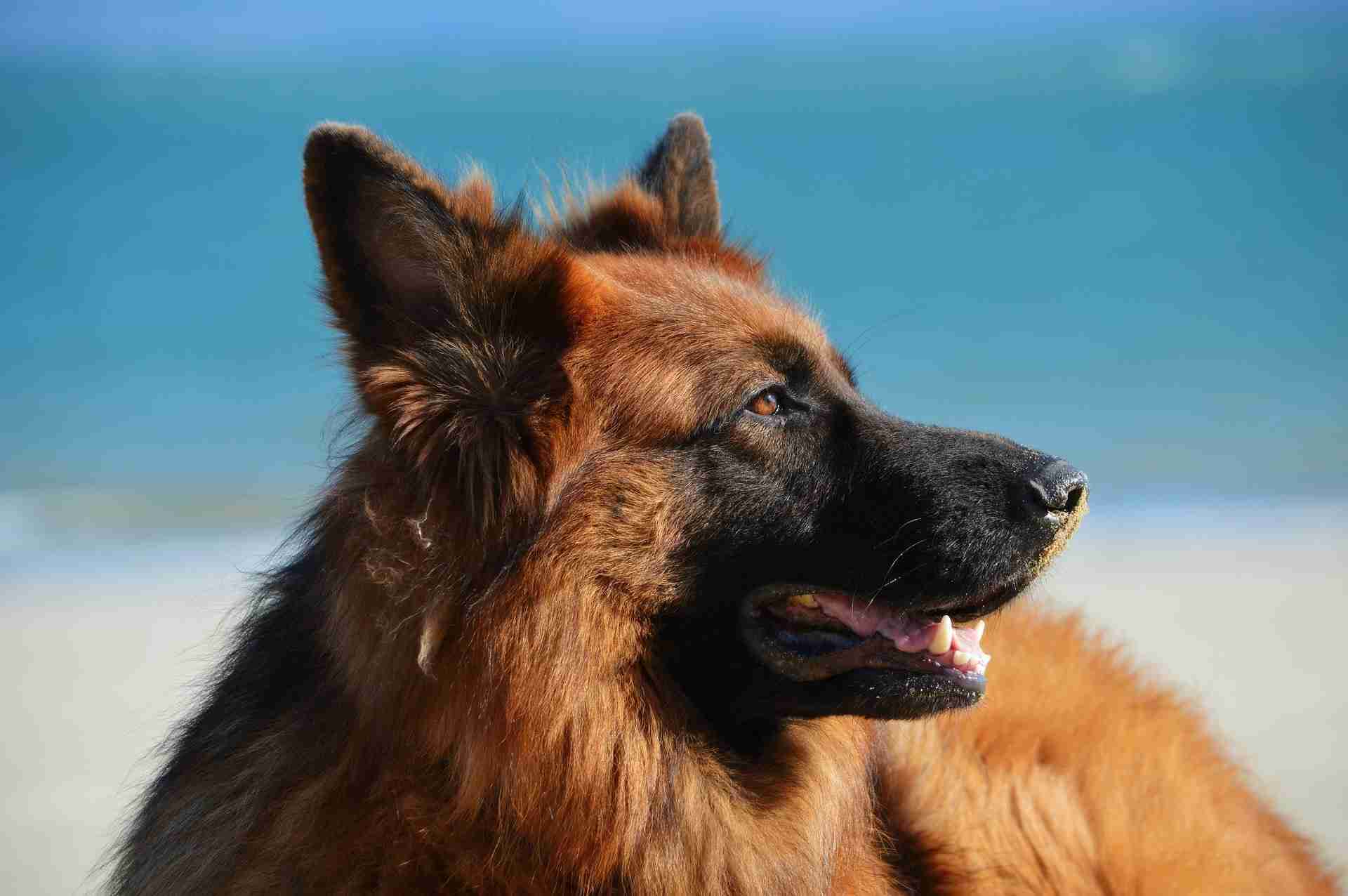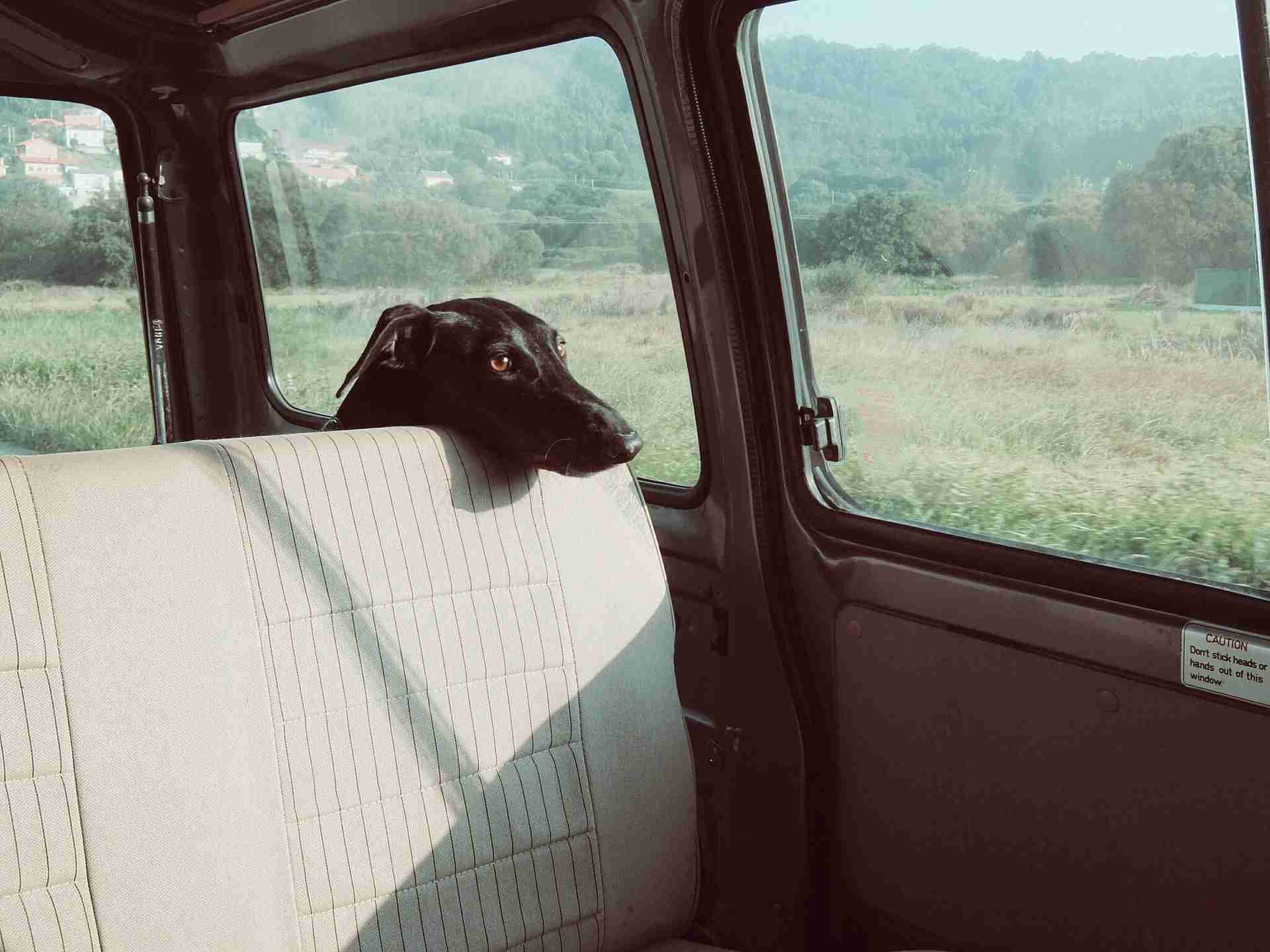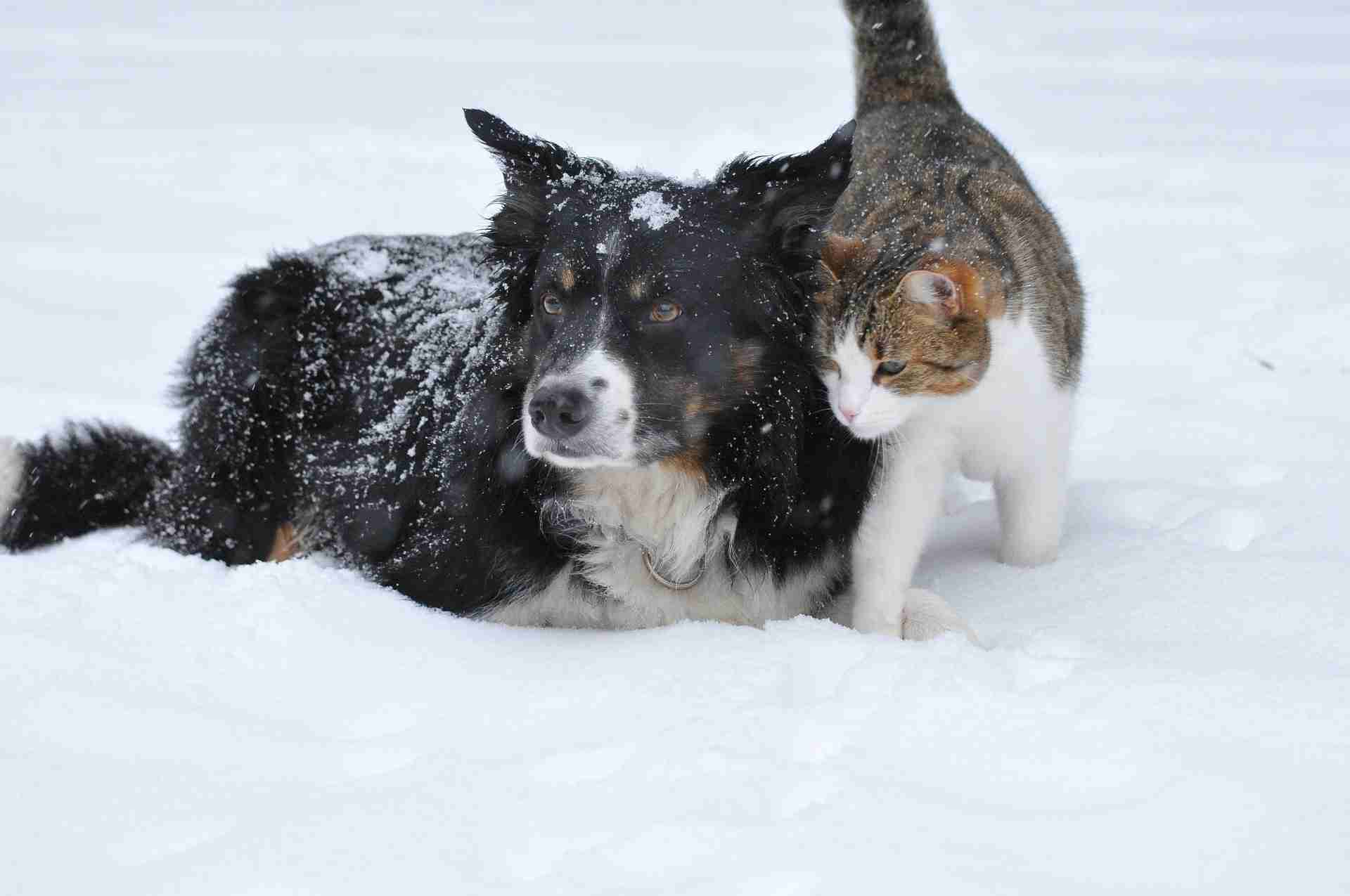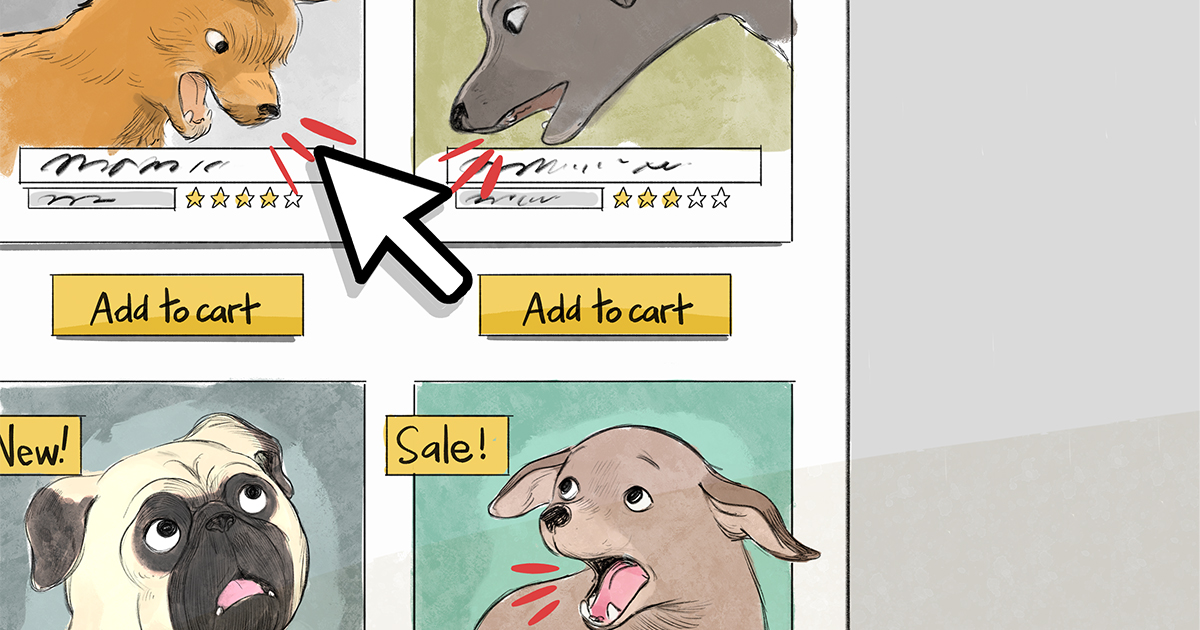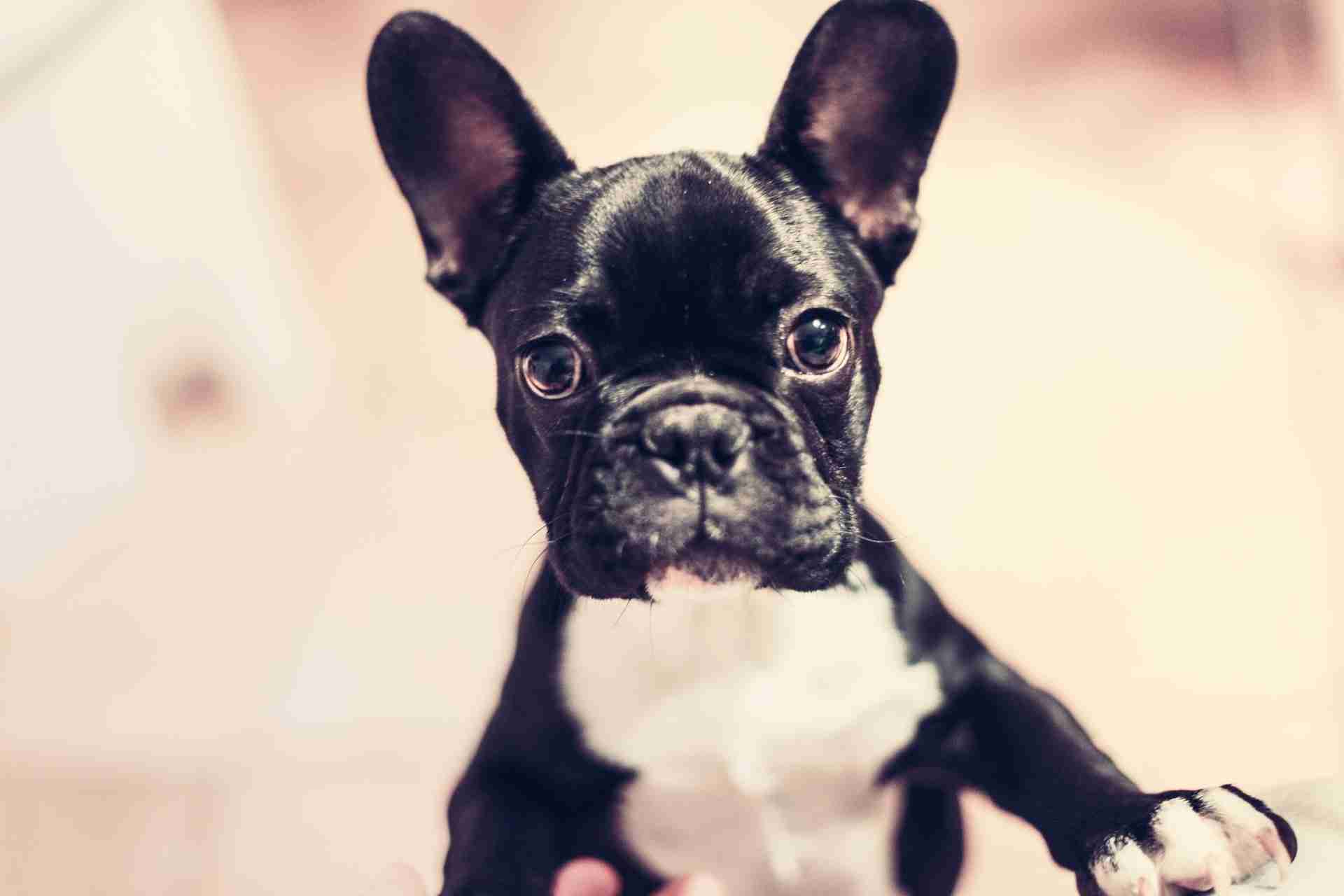Holidays with your dog: tips for travelling together or choosing the right accommodation.
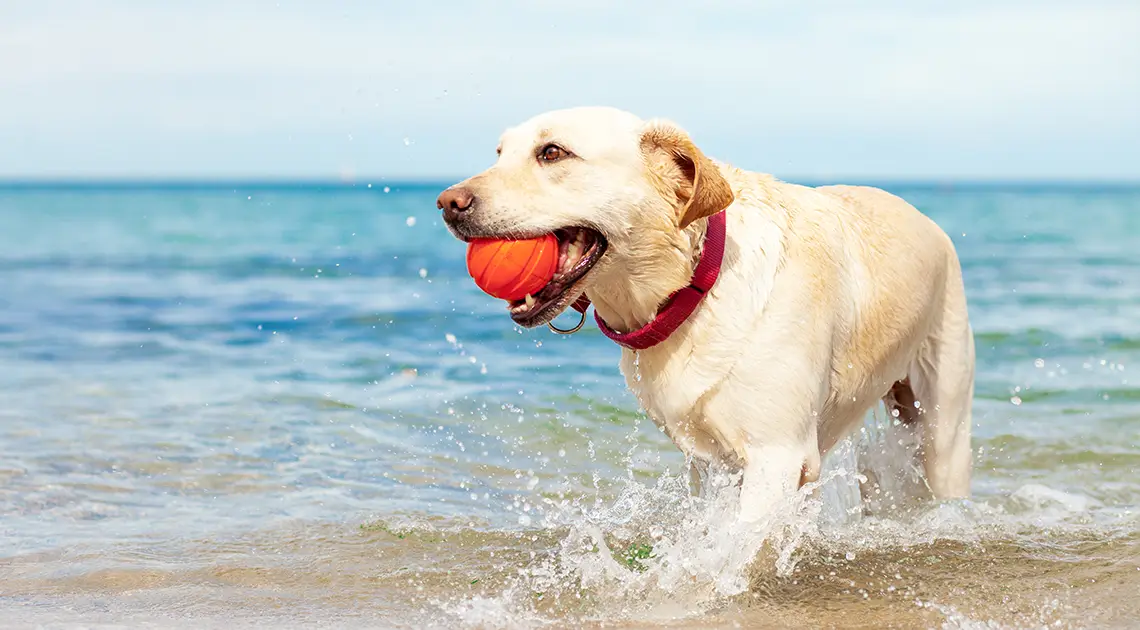
It is finally holiday time, but what should we do with our four-legged friend? We can either take our dog on holiday with us or leave them in a suitable facility.
Here is how to set off with peace of mind and enjoy a well-deserved rest.
In this article you will find:
-
What to do if your dog comes on holiday with you
-
How to choose the right kennel if they stay at home
-
The 3 essential tips for travelling by car
4 Things to do if your dog is coming on holiday with you
1) Visit the vet before you leave
Before setting off, make sure to visit your vet to confirm that all vaccinations and parasite treatments are up to date. Some destinations may pose risks such as leishmaniasis or rabies. Ensuring proper vaccination coverage will give you peace of mind and help your dog stay healthy throughout the trip.
2) Bring familiar items (bed, toys, etc.)
If your dog is joining you on holiday, it is a good idea to pack a few items that provide a sense of home. Their bed, bowls, toys, and food are essential, along with anything else they are attached to. These familiar smells and comforts can help settle them in a new environment. If you ever need to leave your dog alone in your room or accommodation, having their usual belongings — even a worn item of your clothing, can offer reassurance. This helps reduce anxiety and the likelihood of barking or destructive behaviour.
3) Bring enough of their usual food
Stick to their regular diet to avoid upsetting their stomach. A sudden change in food can cause digestive issues and discomfort. Bringing their usual food helps maintain their routine, which is key to helping them feel secure and relaxed during the holiday.
4) Remember their passport if you are travelling abroad
If you are going abroad, do not forget your dog’s pet passport. It is a legal requirement and ensures that all necessary vaccinations and documents are in order. Also remember to bring a lead, a muzzle if required by local laws, and waste bags to clean up after your pet, being considerate and responsible helps make the experience positive for everyone.
What if your dog stays at home? Where to leave them and what steps to follow
If you decide not to take your dog on holiday with you, choosing the right place for them to stay is key to ensuring their comfort and wellbeing. One of the best ways to help your dog feel at ease in a kennel or boarding facility is to take them for a few short visits beforehand. This allows them to become familiar with the environment and meet the people who will be caring for them. It also gives the staff the opportunity to learn your dog’s habits and preferences so they can maintain as much of their routine as possible. Preserving familiar routines helps prevent stress and makes the experience smoother for your pet.
Build a relationship with the carers
It is helpful to prepare the people who will be looking after your dog by letting them know about your dog’s routine, feeding schedule, preferred games, and any special needs. While your dog will notice your absence, keeping daily routines consistent, even if carried out by someone else, can help them feel more secure.
Even if your trip is only for a few days, your dog will not know when or if you are coming back. That is why building trust with the carers is so important. Once they feel comfortable and confident with your dog, you can feel reassured that your companion will be well looked after by people who understand their needs.
Sometimes, this settling-in period can take longer than expected. If that happens, consider arranging a few half-day stays, gradually increasing the duration until your dog is comfortable staying overnight, which is often the most sensitive time for them.
How to choose a kennel: let your dog decide
When choosing a boarding facility, try not to be swayed by price, appearance or advertising alone. What matters most is how your dog reacts to the place. Dogs seek comfort, fun, companionship and a sense of freedom, all of which may not be immediately obvious to us.
Your dog’s behaviour during your first visit to the kennel will give you the clearest indication of whether it is the right fit. Calm, relaxed behaviour is a good sign. If they seem fearful or uneasy, it might be worth exploring other options.
Tips for travelling by car with your dog
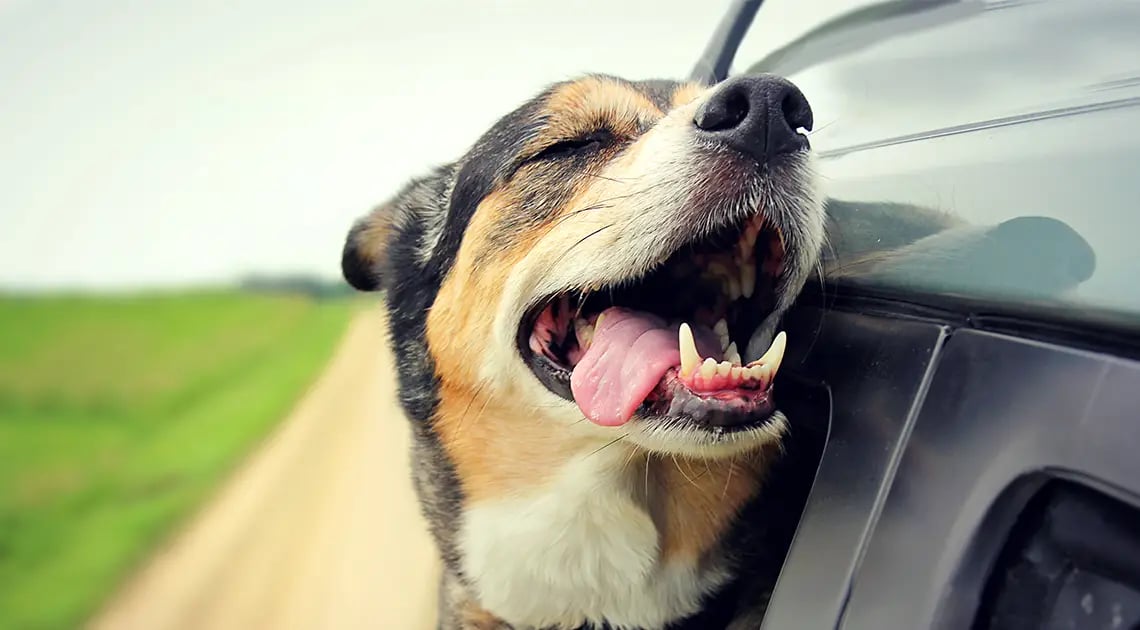
Here are three useful tips for a smooth and safe car journey with your dog.
-
-
1. Be mindful of temperature changes
-
If it is very hot outside and you are using air conditioning in the car, be aware of the risk of heatstroke caused by a sharp contrast between inside and outside temperatures. To reduce this risk, when you stop for a break, gradually turn down the air conditioning and allow some warm air to circulate. This helps both you and your dog adjust to the temperature more naturally. -
2. Plan your stops wisely
-
Many people worry that their dog may need frequent toilet breaks, but stopping every 50 to 60km can actually prevent your dog from settling, sleeping and relaxing. If your dog is calm and not showing signs of discomfort, it is often better to continue the journey to avoid unnecessary delays. When you do stop, allow your dog time to stretch, explore and relieve themselves without being rushed. -
3. Keep water available at all times
-
Especially in warm weather, it is essential that your dog has access to fresh water throughout the journey to stay hydrated and comfortable. -
With those things in mind, the rest is all about enjoying your time together. Have a fantastic holiday!
-
-
Luca Scanavacca
Dog Trainer, Founder of the Semplicemente Sordo Association
Author of the book ‘Semplicemente Sordo’

